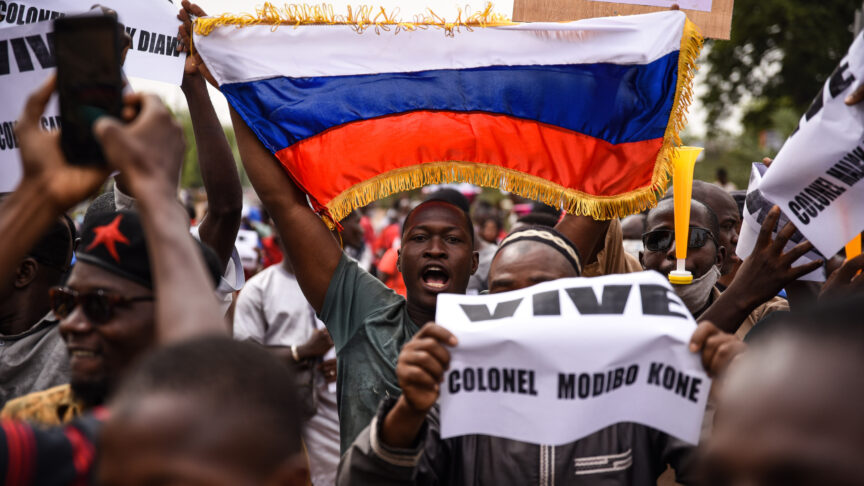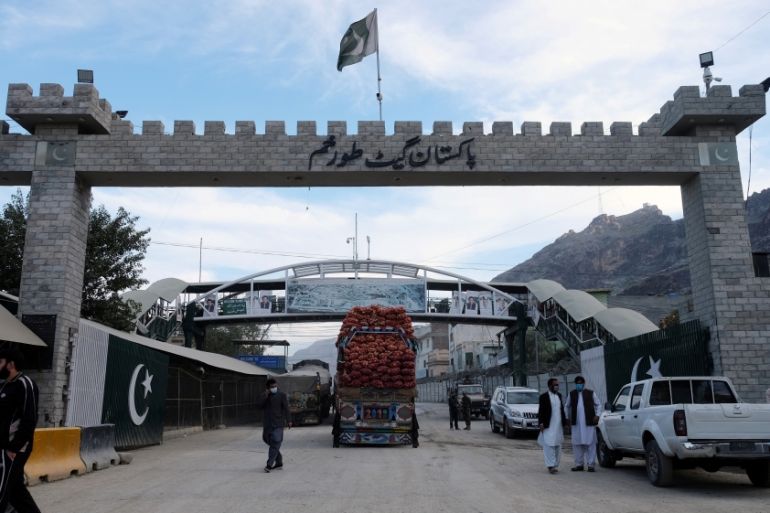Parikshit Luthra
India achieved a significant diplomatic victory during the G20 summit as the participating countries reached a consensus declaration, effectively addressing major disagreements related to the Russia-Ukraine conflict. Richard Samans, the G20 Sherpa for the International Labour Organization emphasised that the G20's New Delhi declaration outlines key policy priorities aimed at extending social protection to workers in the gig and platform economy.
Richard Samans, the G20 Sherpa for the International Labour Organization (ILO), in an interview with CNBC-TV18, emphasised that the G20's New Delhi declaration outlines key policy priorities aimed at extending social protection to workers in the gig and platform economy.
He stressed that even though gig workers may not have formal employee status, it is essential to provide them with some form of social security coverage.
“The declaration was significant and helpful to working people on a number of fronts. I would say that there are some significant outcomes in relation to the agreement on a set of policy priorities for extending social protection to gig and platform economy workers, who in many countries are not covered well by social security systems.
So there is a policy roadmap – a series of actions that countries can pick and choose from but with an agreed, aligned purpose to make sure that those workers even if they are not formal salaried employees, nonetheless are covered by basic social security protections or more is a good step forward,” Samans said.
India achieved a significant diplomatic victory during the G20 summit as the participating countries reached a consensus declaration, effectively addressing major disagreements related to the Russia-Ukraine conflict.
Samans also pointed out that the Indian government placed a strong emphasis on skill development. Moreover, they tasked both the ILO and the Organisation for Economic Co-operation and Development (OECD) with the responsibility of creating a comprehensive jobs and skills database covering all G20 member countries.













